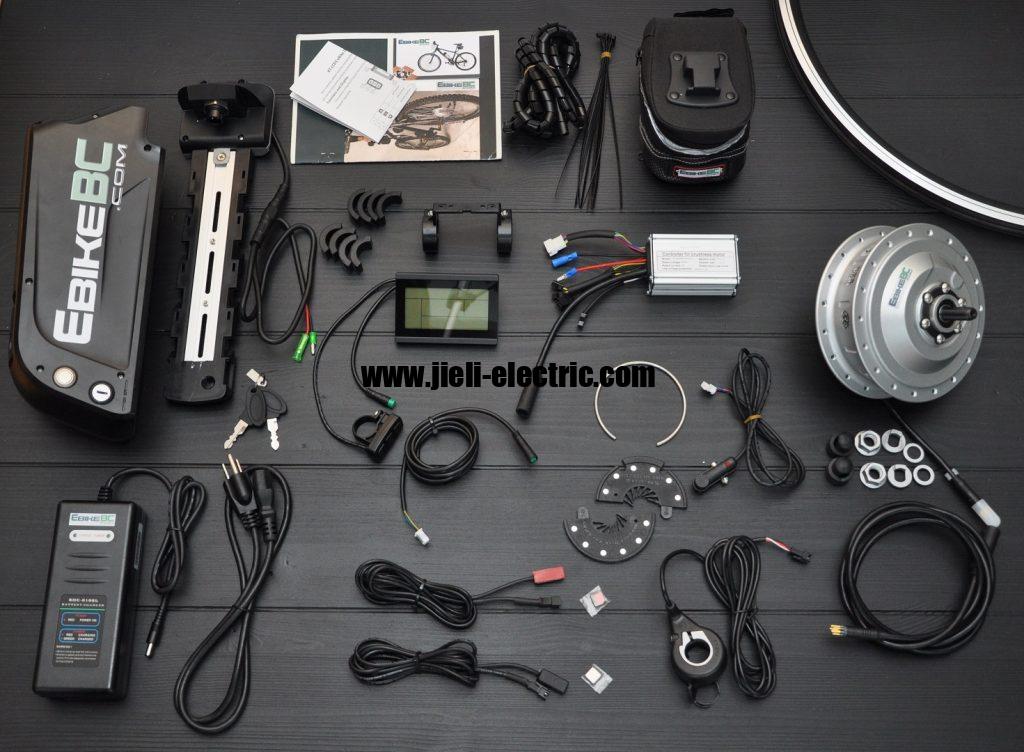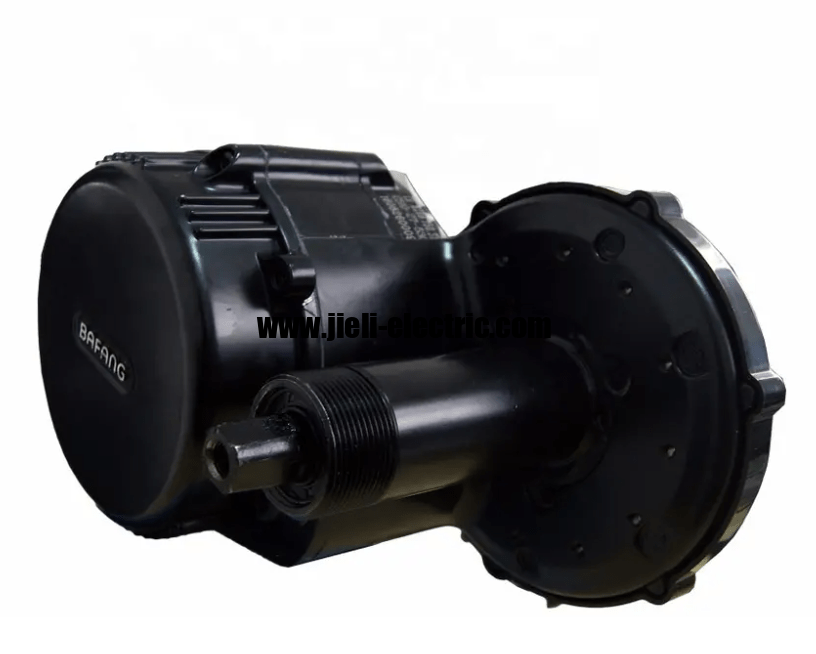Transporting an electric bike (e-bike) requires careful consideration to ensure its safety and functionality during transit. As the popularity of e-bikes continues to rise, understanding the best practices for how to transport e-bike has become essential for enthusiasts and casual riders alike. This article will guide you through the various methods of transportation, preparation steps, and securing techniques to protect your valuable investment. Additionally, we will explore the importance of safeguarding your e-bike against environmental factors and offer maintenance tips for after the journey. By following these guidelines, you can ensure that your e-bike remains in optimal condition, ready for your next adventure.
Key Takeaways
Use specialized bike carriers designed for e-bikes to ensure proper support and security during transport.
Remove the battery and secure loose components before transit to minimize risk of damage.
Protect your e-bike from weather elements with a waterproof cover and consider storing the battery indoors during extreme temperatures.
Familiarize yourself with local regulations regarding e-bike transport to avoid penalties and ensure compliance.
Choosing the Right Transport Method
Selecting an appropriate transport method for your e-bike is crucial to ensuring its safety and functionality during transit. Various options are available, including specialized bike carriers, trailers, and vehicle interiors. Each method has its own set of advantages and limitations that should be carefully considered. For instance, bike carriers designed for e-bikes typically offer enhanced support due to the additional weight of the battery and motor.
In contrast, transporting your e-bike inside a vehicle can provide maximum protection from external elements. When using a bike carrier, ensure it is compatible with the specific dimensions and weight of your e-bike. Additionally, securing the bike with appropriate straps or locks is essential to prevent movement during transit. If utilizing a trailer, confirm that it is designed to handle the load and includes stable mounting options. Finally, always adhere to local regulations regarding transport methods to ensure compliance and safety.
Preparing Your E-Bike for Transit
Proper preparation of your e-bike for transit is essential to ensure its safety and functionality during the journey. Begin by removing the battery, as this not only reduces the weight but also minimizes the risk of damage during transport. Next, inspect the tires for proper inflation and check for any signs of wear or damage before deflating them slightly for added stability. It is advisable to secure any loose components, such as the pedals and handlebars, to prevent them from shifting or causing damage. Additionally, consider using a protective cover or blanket to shield the e-bike from scratches and external elements.
When loading the e-bike, ensure that it is positioned securely within the transport vehicle to avoid movement during transit. Utilize straps or tie-downs to firmly secure the e-bike, preventing any potential collisions with other items. If using a bike box, ensure that it is adequately padded to protect sensitive electronic components. Finally, keep any necessary documentation, such as the owner’s manual or warranty, accessible for reference during the journey.
Securing Your E-Bike in a Vehicle
Securing your e-bike in a vehicle is essential to prevent damage and ensure safety during transit. First, utilize a sturdy bike rack specifically designed for e-bikes, as they typically have heavier frames and batteries. Ensure that the bike is properly aligned and positioned to minimize movement while driving. Use adjustable straps or tie-downs to firmly secure the e-bike in place, connecting them to stable points on the bike frame. It is advisable to remove any detachable components, such as the battery or front wheel, to reduce weight and prevent potential damage.
In addition, placing a protective cover or blanket over the e-bike can help shield it from scratches and debris during transit. Double-check that all securing mechanisms are tightly fastened before hitting the road. Monitor the bike’s position periodically during long trips to ensure it remains stable. Lastly, familiarize yourself with local regulations regarding the transport of e-bikes, as they may vary by region.
Using Proper Bike Racks
The choice of bike racks plays a crucial role in ensuring the safe and stable transport of your e-bike. Selecting a rack that is specifically designed for e-bikes is essential, as these models are generally heavier and require additional support. There are various types of bike racks available, including hitch-mounted, trunk-mounted, and roof-mounted options, each with its own advantages. Hitch-mounted racks are often preferred for e-bikes due to their sturdy construction and ease of loading and unloading. Proper installation of the bike rack is vital to prevent any movement or shifting during transit, which could lead to damage. Additionally, securing the e-bike with appropriate straps or clamps prevents it from swaying or falling while on the road. It is also important to consider the weight limit of the chosen rack, ensuring it can accommodate the e-bike’s weight along with any accessories. Regularly checking the condition of the bike rack will help maintain its functionality and safety over time. Finally, once you have successfully transported your e-bike, it is equally important to focus on protecting your e-bike from the elements.
Protecting Your E-Bike from the Elements
Ensuring adequate protection for your e-bike from environmental elements is essential to maintain its longevity and performance. Utilizing a high-quality cover can shield your e-bike from rain, snow, and harmful UV rays. Consider investing in a waterproof and breathable cover to prevent moisture buildup while keeping the bike dry. Additionally, parking your e-bike in a sheltered location, such as a garage or under a carport, can significantly reduce exposure to harsh weather conditions. Installing fenders can help protect the bike’s components from mud and debris when riding in wet or dirty environments. Regularly applying a protective wax to the frame can enhance its resistance to corrosion and scratches. Furthermore, storing the battery indoors during extreme temperatures can prolong its lifespan and efficiency. Routine maintenance, including cleaning and lubricating moving parts, is crucial to ensure optimal performance. By implementing these protective measures, you can significantly extend the life and functionality of your e-bike.
Navigating Different Terrain with Your E-Bike
Navigating different terrain with your e-bike requires an understanding of both the bike’s capabilities and the environmental challenges presented by various surfaces. Different terrains, such as gravel, mud, and steep inclines, demand specific riding techniques and adjustments to your e-bike settings. The weight distribution of your e-bike can significantly affect its handling on uneven ground, making it essential to shift your body weight appropriately. Tires play a crucial role in performance; selecting the right tread pattern can enhance traction and stability on mixed surfaces.
Battery range may also be influenced by the terrain, as riding uphill or on rough paths typically depletes energy more rapidly. Regular maintenance checks are vital before tackling challenging landscapes to ensure all components, including brakes and gears, are functioning optimally. Navigating through sand or snow may require a different approach, such as lowering tire pressure for better grip. It’s also advisable to familiarize yourself with local trails and their specific hazards. Ultimately, successful navigation of diverse terrains hinges on preparation, awareness, and respect for your e-bike’s limitations.
Post-Transport Maintenance Tips
Post-transport maintenance tips are essential for preserving the functionality and longevity of your e-bike. After transporting your e-bike, it is crucial to perform a thorough inspection to identify any potential damage. Check the frame and components for signs of stress or misalignment that may have occurred during transport. Ensure that all screws and bolts are tightened to avoid any unintended loosening while riding. Examine the tires for proper inflation and any signs of punctures or wear.
Additionally, inspect the battery connection and ensure it is securely in place to avoid electrical issues. Clean any dirt or debris that may have accumulated on the e-bike during transport to maintain optimal performance. Test the brakes to confirm they are functioning correctly before taking your e-bike out for a ride. Finally, consider applying a protective lubricant to moving parts to prevent rust and ensure smooth operation.
Frequently Asked Questions
What are the legal regulations regarding transporting e-bikes in different states or countries?
Legal regulations concerning the transportation of e-bikes vary significantly between states and countries, reflecting differing priorities in safety, environmental concerns, and transportation infrastructure. In many regions, e-bikes are classified similarly to traditional bicycles, permitting their transport without special permits; however, some jurisdictions impose restrictions based on maximum speed or power output. Additionally, certain areas may require e-bikes to be registered or insured, influencing how they can be transported legally. It is crucial for individuals to familiarize themselves with local laws to ensure compliance and avoid potential penalties when transporting e-bikes.
Can i transport my e-bike on public transportation, and are there specific rules to follow?
Transporting an e-bike on public transportation is generally permissible, but specific regulations may vary by transit authority and location. Many systems require that e-bikes be folded, if possible, or may have designated areas for bicycles, which could include weight restrictions or size limitations. Additionally, users should be aware of peak travel times when restrictions may be stricter, as well as the need for proper securing of the bike to prevent accidents or damage. It is advisable to check the local transit guidelines prior to travel to ensure compliance with all applicable rules.
How much does it typically cost to ship an e-bike via courier services?
The cost of shipping an e-bike via courier services typically ranges from $100 to $300, depending on factors such as distance, weight, and additional services required. Some courier companies may offer flat rates, while others calculate fees based on dimensions and delivery speed. It is advisable to obtain quotes from multiple providers to ensure competitive pricing and optimal service. Additionally, consider insurance options for added protection during transit, as e-bikes can be a significant investment.
If you’re curious about the weight of an e-bike battery compared to other batteries, I highly recommend visiting this informative page. It provides valuable insights that can enhance your understanding of e-bike components and their transport needs. Check it out here: try these out.


